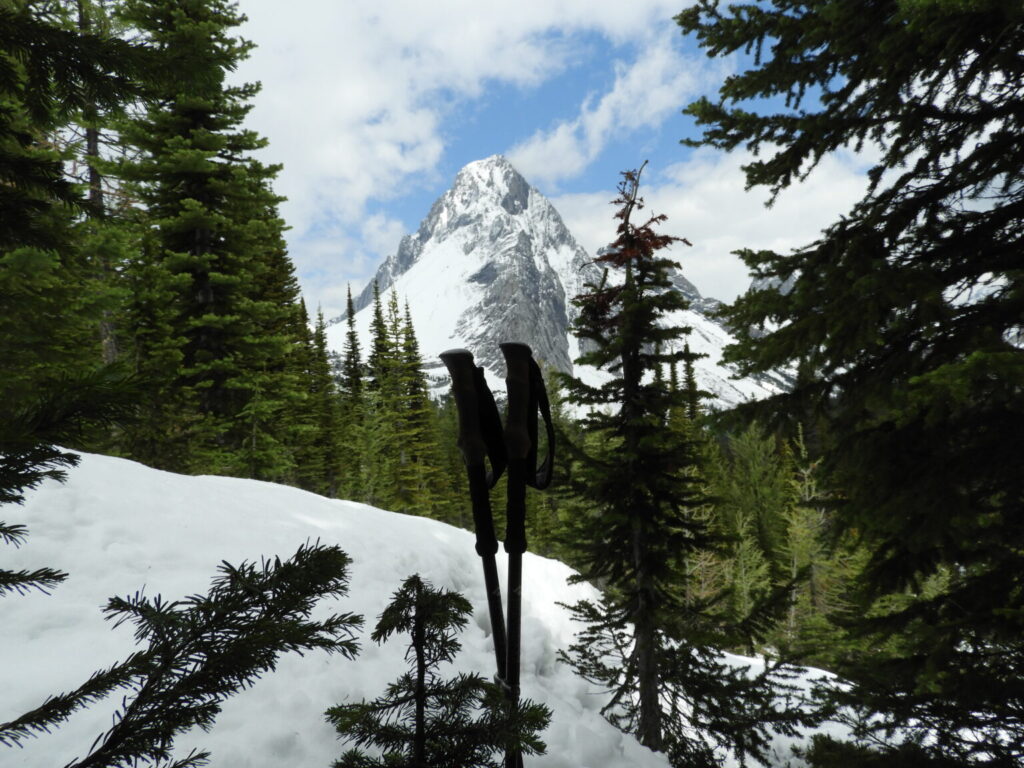Club Trips
Sign Up for a Trip
You must first be a member and have received your password to access the trip signup page.
See below for trip schedules and participant responsibilities.
Upcoming Trips
Preview the upcoming trips or sign up for any trips that interest you below.
Trip Calendar




Important Trip Information
All participants are encouraged to read and comply with these responsibilities.
Click here for more info on Trip Participant and Coordinator Responsibilities.
No pets allowed on club trips.
Planning & Car Pooling
Arrive at the trip meeting place 15 minutes early and meet your coordinator and group. Trips leave on time.
Have your vehicle full of gas and ready to drive if you are willing to drive. Upon return, the vehicles are refueled and the passengers split the cost of gas, its recommended to bring cash. Drivers do not pay.
Bring your Annual Park Pass if you have one. If you do not have an Annual Park Pass you split the cost of a daily pass with the others and pay the owner of the pass. If no one has a pass, you will need to share the cost of a daily pass.
It may be helpful to exchange phone numbers between vehicles.
Safety
Ensure your fitness level matches the level of difficulty for the trip.
Choose a trip suitable to your mountain safety knowledge if applicable (avalanche, rock, snow & ice courses, etc.).
As a participant you are responsible for your own safety. It is good to know your limitations.
Monitor weather, check avalanche/trail conditions and be prepared to have hiking plans altered due to weather conditions.
Be knowledgeable of how to handle encounters with wildlife (bears, cougars, etc.).
Inform the trip leader of any medical conditions, allergies or health problems prior to the commencement of the trip.
Children
Children are the responsibility of the parent or guardian, so ensure they have the ability to hike 10 kms on varied terrain, depending on the trip.
Gear & Equipment
Be prepared to rent equipment if pooling of equipment is not possible or if certain equipment is required due to safety considerations (i.e. avalanche probes, tents, stoves, etc.).
Bring a personal first aid kit. Include band aids, dressings, moleskin, duct tape, pain medications, etc.
Know the suitability and condition of your equipment and communicate any potential for problems to the groups.
Have good quality waterproof hiking boots and hiking socks.
Shoes to change into at the end of the hike are useful as well as a plastic bag to put hiking boots in for the return trip home.
Hiking poles and gaiters can be beneficial.
Have a sturdy pack. A wider hip belt helps to support pack weight on your hips.
Possible items to include in your pack depending on the nature of the trip can include:
headlamp, bandana, sunglasses, sun block, extra socks, silver emergency blanket, bug repellant, plastic bags (preferably orange), sit pad, waterproof matches, bear spray, camera, binoculars, map, trail guides, I.D. with contact numbers, medication list and an allergy list
Food & Water
Bring at least 2 litres of water and/or bring a water treatment system.
Bring high energy food (protein, complex carbohydrates, protein bars, etc.)
Bring extra food in case of emergency.
Have snacks you can eat on the go.
Proper Clothing
Dress in layers made of quick drying materials. No jeans or cotton material. Always bring an extra fleece layer for warmth.
Have waterproof rain gear – both coat and pants.
Waterproof your pack with a rain cover or by using plastic bags on the inside.
Bring a sun hat, toque and mitts on all trips.
Group Etiquette
Group members look out for each other’s well being and notify the trip leader if they notice any problems. Members should be courteous and inclusive of each other. REMEMBER to ALWAYS set a pace that all trip members can handle.
Participate in group discussions and decision-making to the best of your ability. If you feel uneasy about a situation that the group is suggesting, it is your responsibility to let the group know your feelings.
Trail Etiquette
Take only photos, leave only footprints.
Don’t destroy or remove plants, rocks, fossils, etc.
Pack out all garbage including toilet paper, food, peels.
Stay on trails. Taking short cuts and stepping off the trail so your feet don’t get wet or muddy causes trail erosion and braiding. Walk single file on narrow trails to reduce impact on the environment.

